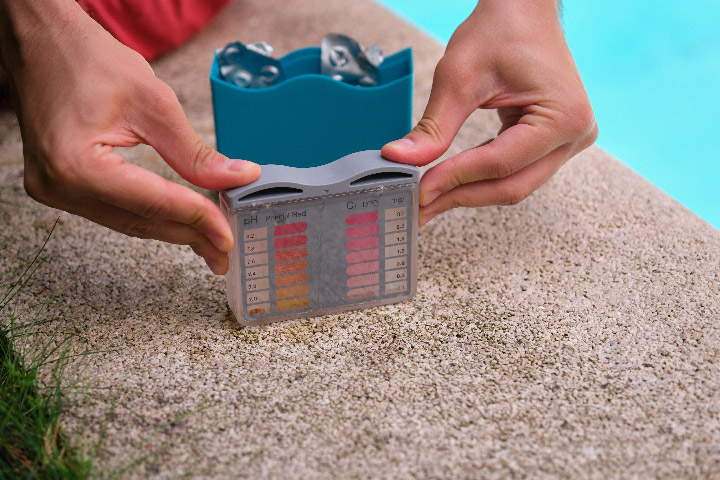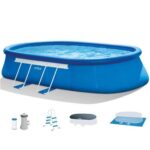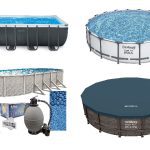
Unstable pH Swings in Inground Swimming Pools: Causes, Troubleshooting, and Solutions
Keep Your Pool Water Balanced and Safe by Managing pH Fluctuations
Introduction
Maintaining the correct pH level in your inground swimming pool is essential for ensuring the comfort and safety of swimmers, as well as protecting your pool equipment. However, unstable pH swings can occur and can cause a variety of problems. In this article, we will explore the causes of unstable pH swings, how to troubleshoot them, and the best solutions to keep your pool water balanced and safe.
Causes of Unstable pH Swings
There are several factors that can contribute to unstable pH swings in your inground swimming pool:
- Inconsistent chemical maintenance: Irregular or improper dosing of chemicals can cause fluctuations in pH levels.
- High alkalinity: High total alkalinity can cause the pH to be more resistant to change, resulting in instability.
- Organic debris: Leaves, grass, and other organic materials can alter the pH balance of your pool water.
- Swimmer load: An increase in swimmers can introduce contaminants that affect pH levels.
- Rainwater: Heavy rain or storms can dilute the pool water, causing fluctuations in pH levels.
Troubleshooting Unstable pH Swings
To identify the cause of unstable pH swings in your pool, follow these troubleshooting steps:
- Test your pool water regularly: Regular water testing allows you to monitor pH levels and other water balance parameters. This helps you identify any imbalances that may be causing pH fluctuations.
- Inspect your pool equipment: Check your pool pump, filter, and chemical feeder to ensure they are functioning correctly.
Solutions to Manage Unstable pH Swings
- Maintain a consistent chemical maintenance routine: Regularly test and adjust your pool water chemistry to maintain the recommended pH levels (7.4 to 7.6). Consistency in chemical dosing is crucial for maintaining stable pH levels.
- Adjust total alkalinity: Test and maintain total alkalinity within the range of 80-120 ppm. This will help to stabilize your pool’s pH levels.
- Remove organic debris: Regularly skim, vacuum, and brush your pool to remove leaves, grass, and other organic materials that can affect pH balance.
- Balance other water parameters: Ensure all water parameters, such as calcium hardness and sanitizer levels, are within the recommended ranges. This will help to maintain a stable pH level.
- Use a pH buffer: A pH buffer, such as sodium bicarbonate, can help stabilize pH levels by increasing the total alkalinity.
- Manage swimmer load: Monitor and manage the number of swimmers in your pool to minimize the impact on pH levels.
- Protect your pool from rainwater: Use a pool cover during heavy rain or storms to prevent rainwater from diluting the pool water and causing pH fluctuations.
Conclusion
Unstable pH swings in your inground swimming pool can lead to various problems, including discomfort for swimmers, damage to pool equipment, and ineffective sanitization. By understanding the causes of unstable pH swings and implementing proper troubleshooting and solutions, you can maintain a balanced and safe pool environment. Regular pool maintenance and water testing are essential for keeping your pool water crystal clear and ready for swimming all season long.




